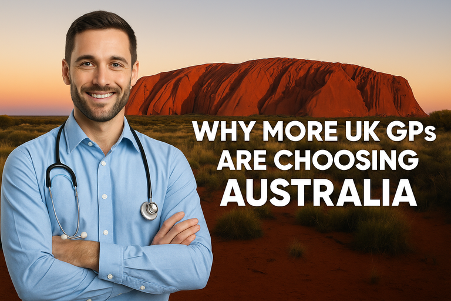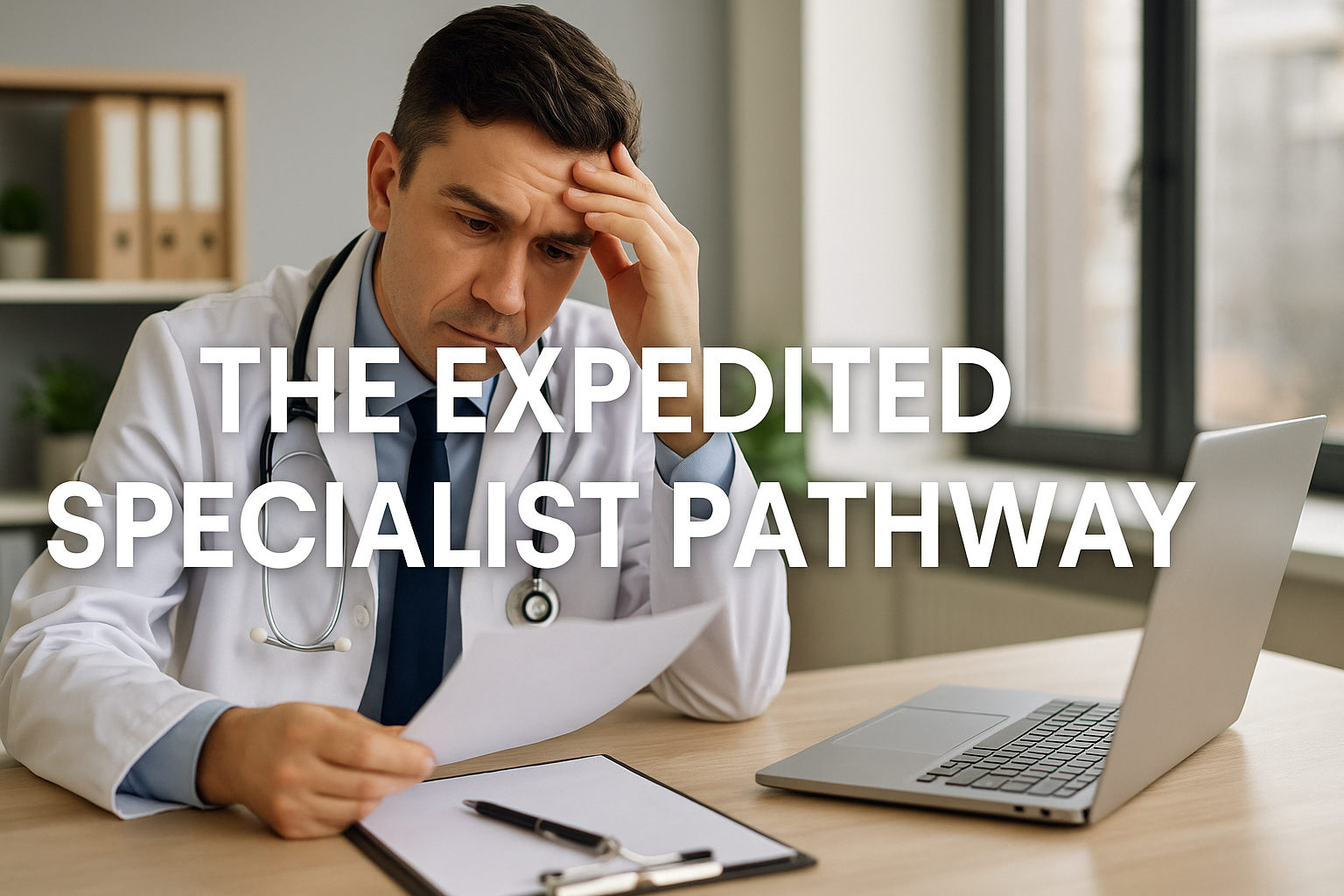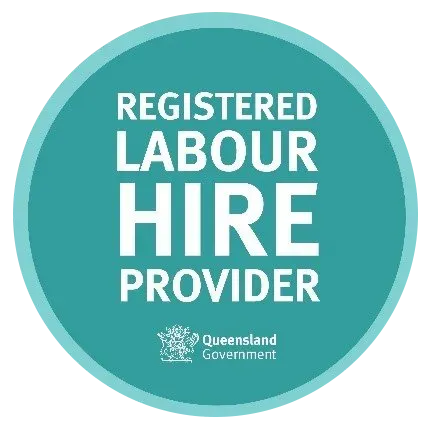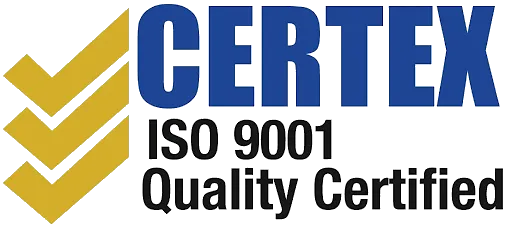6 ways to build a gp patient base

6 Ways to Build a GP Patient Base
Starting at a new practice with no patients can be daunting, especially if you’re relying on the practice to send patients your way. Unless the practice has lots of new walk-ins or is short of GPs it could be a slow process to build a GP patient base. And then you might find yourself on the phone to a recruiter like us to find you a new practice. Here are 6 ways to build a GP patient base fast and keep you in that great job. Feel free to also check out our GP Guide for Working in Australia!
1. HAVE A SPECIAL INTEREST
GP’s who have a special interest such as aged care, mental health, obstetrics, etc. and develop their skills in this area, have a greater chance to build a patient base fast. Qualify this special interest as your subspecialty and you will be the go-to GP in the practice. The practice will channel these patients your way, and your colleagues will ask your opinion and refer patients to you. This is an excellent way to build a GP patient base and a great way to increase job satisfaction.
2. CONTACT YOUR PATIENTS
You deal with all aspects of your patient’s wellbeing so you’re their trusted health adviser. Why not give your patients a call and follow up on specialists results, blood tests, etc. Many GP’s simply don’t do this. For one this is good practice as reports do sometimes slip thought the cracks, and also gives you the opportunity to build a true doctor patient relationship. By personally following up your patients, you offer tremendous value and they will have all their friends and family come to see you.
3. WORD OF MOUTH
As mentioned above, giving an excellent service will create tremendous value and boost your referrals quicker than you can say “no more appointments please”. Excellent service means taking the time to thoroughly examine, diagnose, and implement effective treatment. Good communication with your patients is paramount, showing that you care and following up post consultation will have your patients talking about you with everyone. Word of mouth is one of the most effective ways to build a GP patient base fast.
4. BECOME AN ACTIVE COUNCIL MEMBER
Your local council is one of the strongest referral networks available. Being known in your local community is an excellent way to network and promote your services. Request to write a health related topic in the council newsletter or offer to speak at related meetings. Being known as the local GP offering expert advice is an excellent way to advertise your services and get referrals fast.
5. JOIN A SPORT OR RECREATIONAL GROUP
Are you part of a sporting or recreation group? If not, you should be! This is good for your health and wellbeing and another great opportunity to meet likeminded people away from work. As you will be known as “the doctor” around the place, members will ask you for advice about their injuries and illnesses. This shouldn’t be seen as a negative but a golden opportunity for you to invite them to see you at your practice. Who said you can’t mix business with pleasure!
6. GET ONLINE
Don’t be shy? Show the world who you are. Create a professional profile on LinkedIn or your practice website, so patients can see your background and experience. Also don’t be afraid to add any interests or hobbies you may have. This shows you are human. Today’s patients often search through Google to find a new GP in their area. In the search results, you will often find practice reviews and comments below about the GP’s. Great comments about you builds credibility and equals more referrals. And that’s exactly what you want to build a GP patient base. Make sure the comments you receive are great. Read 10 Winning Habits Successful Doctors Have in Common, follow the best practice guidelines and your reviews will be “thumbs up” all the way!
PUTTING IT ALL TOGETHER TO BUILD A GP PATIENT BASE FAST
The best way to build a GP patient base fast is to set yourself apart from your colleagues. A small difference in your field of interest and skills will stage you as the expert GP in your area. Your practice colleagues will channel patients your way. Your community groups are another excellent way of broadening your network and having fun at the same time. A personal call to your patients as a follow-up will set you apart from most of your colleagues. This is good practice and builds solid long lasting relationships with your patients who will have their friends and family from all over coming to see you.
Register now for the latest GP jobs.









